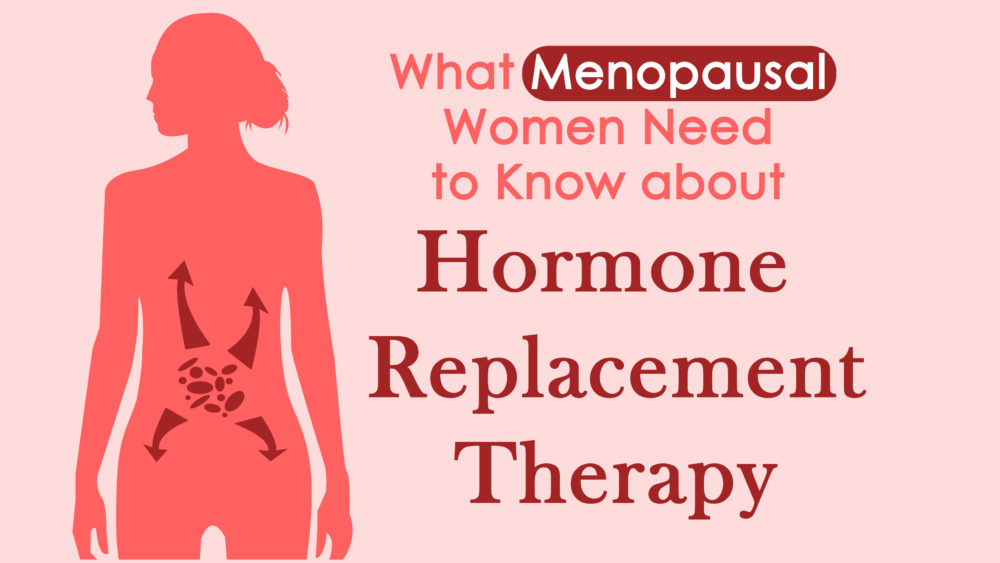Vaginal dryness, painful sex, hot flashes, difficulty sleeping . . . these are all but a glimpse of menopause, which can be an uncomfortable and frustrating experience for some women.
A change in the levels of estrogen production happens naturally for women during menopause, prompting many women to look for relief from its symptoms. Some medical professionals, including the National Institutes of Health, say hormone therapy (HT) can be effective for women who are able to use it. However, research suggests there are a number of risks associated with HT, leaving many women wary of the process.
Some advocate for HT while others strongly discourage it. Since these opposing views can leave many women confused, here is some information about what HT is to give you a preliminary understanding of the process. Talk to your doctor to determine what is best for you.
According to the North American Menopause Society, there are two basic types of hormonal therapy and several general ways to take HT.
Types of hormone therapy
Estrogen-only therapy (ET): Increasing estrogen provides the most menopausal symptom relief, since many of the most uncomfortable symptoms (like hot flashes and vaginal dryness) happens when the body begins to produce less of the hormone. ET is generally prescribed to patients who have undergone induced menopause (surgical removal of ovaries or uterus, or damage to ovaries as a result of chemotherapy, radiation, or other medications)
Estrogen plus progestogen therapy (EPT): The addition of progestogen to the ET is done to protect women who still have their uteri from endometrial cancer, which the administration of estrogen alone tends to cause.
Methods of taking hormone therapy
You can take HT as oral tablets, patches, gels, emulsions, sprays, or injections, all of which circulate systemically (all throughout) the bloodstream. This systemic administration of HT is generally used to treat hot flashes, night sweats, vaginal symptoms, and osteoporosis.
You can also take HT to exhibit local effects with creams, rings, or tablets. These are all used to treat vaginal symptoms.
Risks
According to the health resource website Mayo Clinic, EPT increases the risk of certain conditions, including heart disease, stroke, blood clots, and breast cancer. And according to the Center for Disease Control and Prevention, there is a connection between the use of synthetic estrogen and elevated risk of endometrial cancer.
Risks vary depending on age. For instance, women who start hormone therapy more than 10 years after the onset of menopause or above the age of 60 are at a greater risk than those who begin therapy before the age of 60 or before the 10-year postmenopausal mark. Risks also vary depending on what kind of therapy is used (see above) and on other personal health factors such as risks of heart disease, cancer, and family medical history.
Although HRT comes with a number of risks, it can greatly benefit those who are generally healthy and:
- Have experience moderate to severe hot flashes
- Prematurely ended menstruation (before age 40)
- Lost normal function of ovaries before age 40
HT can affect every woman differently. This information is only meant as the beginning of a discussion a woman should have with her healthcare professional to determine what will work best for her.
Sources:
https://www.menopause.org/for-women/menopauseflashes/menopause-symptoms-and-treatments/hormone-therapy-benefits-risks
https://www.mayoclinic.org/diseases-conditions/menopause/in-depth/hormone-therapy/art-20046372
https://www.cdc.gov/nchs/data/misc/hrt_booklet.PDF
https://www.nia.nih.gov/health/hot-flashes-what-can-i-do



